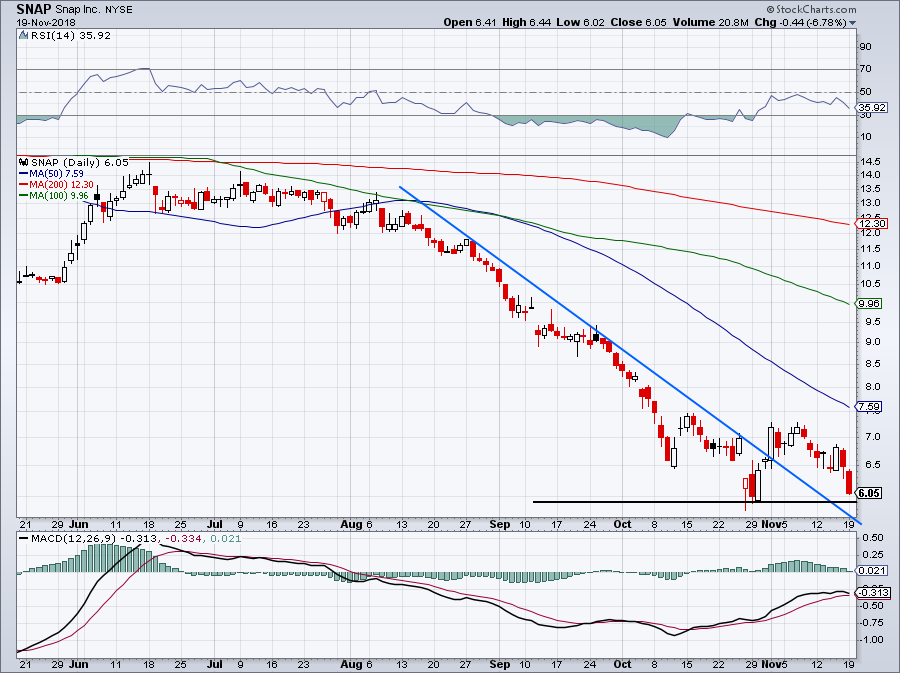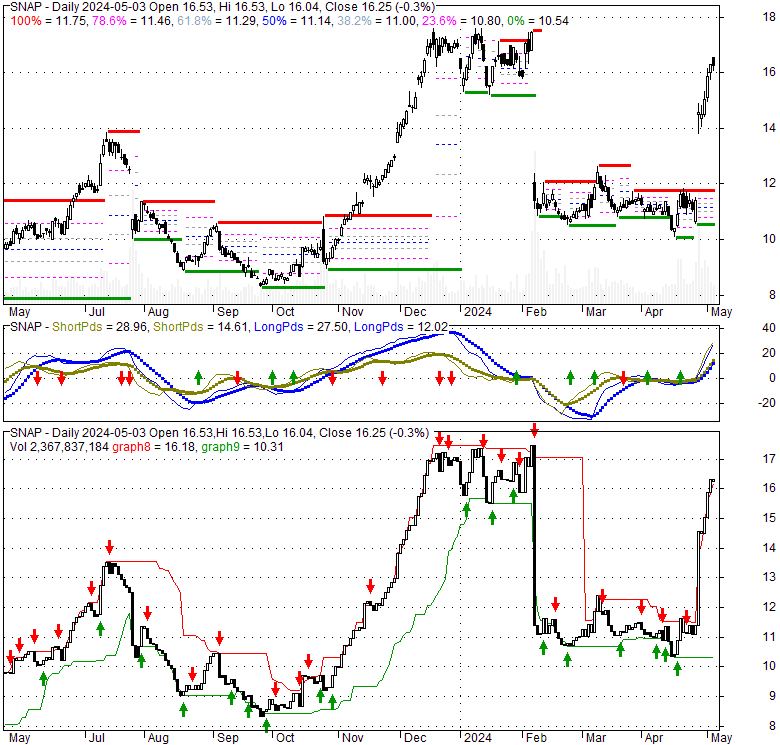
There are two commonly used and distinct approaches to modeling storm surges, viz. Storm surges caused by extratropical storms can also lead to high impacts, such as the 1993 storm of the century that affected much of the eastern United States ( Thompson et al., 2013), Cyclone Xynthia in 2010 in France ( Chadenas et al., 2014), and the North Sea flood in 2013 in northern Europe ( Dangendorf et al., 2016). Many recent examples have demonstrated the vulnerability of coastal populations across the globe to such extreme events, including Hurricanes Katrina in 2005 and Sandy in 2012 in the United States, Cyclone Nargis in 2008 in Myanmar, or the 1970 Bhola Cyclone, which alone caused 300,000 fatalities along the coasts of Pakistan and India ( Karim and Mimura, 2008). The greatest destruction from tropical cyclones stems from storm surge driven coastal flooding ( McInnes et al., 2003) and half of the fatalities owed to Atlantic tropical cyclones are caused by storm surge ( Rappaport, 2013). Storm surge is a rise in the coastal water level due to low atmospheric pressure and strong winds ( Muis et al., 2016), which could be induced by tropical or extratropical cyclones ( Salmun and Molod, 2015), but also modulated by the coastal bathymetry ( Pore, 1964).

Our results highlight the added value of data-driven models in the context of simulating storm surges at the global scale, in addition to existing hydrodynamic numerical models. For approximately 70% of tide gages, mean sea-level pressure is the most important predictor to model daily maximum surge. Results also highlight a significant improvement (i.e., average correlation increases from 0.54 to 0.68 RMSE reduces from 11 to 7 cm) over the Global Tide and Surge Reanalysis (GTSR), derived from the only global hydrodynamic model. Models forced with remotely sensed predictors showed a slightly better performance (average correlation of 0.69) than models forced with predictors obtained from reanalysis products (average correlation of 0.68). For extreme events, the average correlation decreases to 0.54 (0.33) and RMSE increases to 14.5 (13.1) cm for extratropical (tropical) regions. Data-driven models simulate daily maximum surge better in extratropical and sub-tropical regions, than in the tropics (average correlation and RMSE of 0.45 and 5.3 cm, respectively). A multitude of predictors (obtained from remote sensing and climate reanalysis) along with predictands (from tide gage observations and storm surge reanalysis) are utilized to train and validate data-driven models to simulate daily maximum surge for the global coastline. This study explores the potential of data-driven models to simulate storm surges globally. Storm surges can be simulated using numerical models that are based on the underlying physical processes, or by using data-driven models that quantify the relationship between the predictand (storm surge) and relevant predictors (wind speed, mean sea-level pressure, etc.). In many areas, storm surges caused by tropical or extratropical cyclones are the main contributors to critical extreme sea level events. 2Geomatic and Ocean Engineering Group, Departamento de Ciencias y Técnicas del Agua y del Medio Ambiente, Universidad de Cantabria, Santander, Spain.



 0 kommentar(er)
0 kommentar(er)
